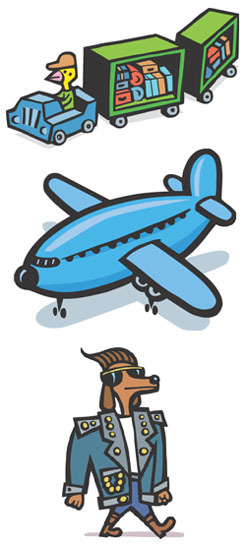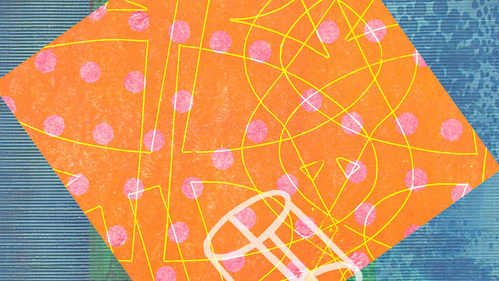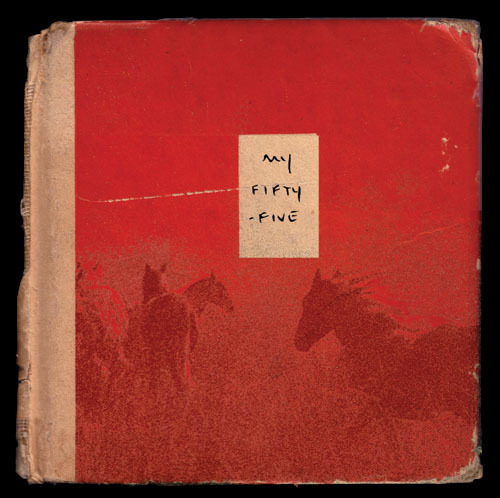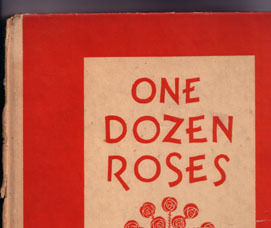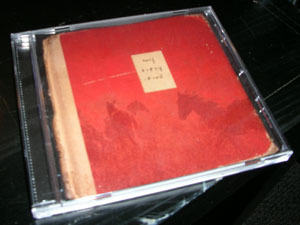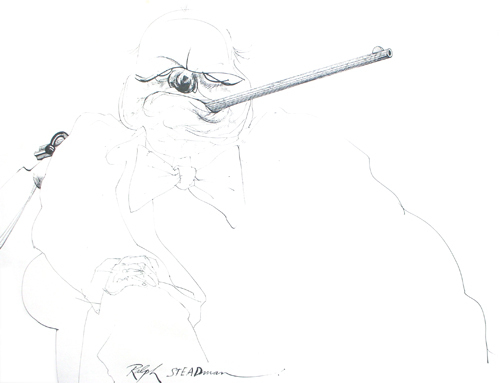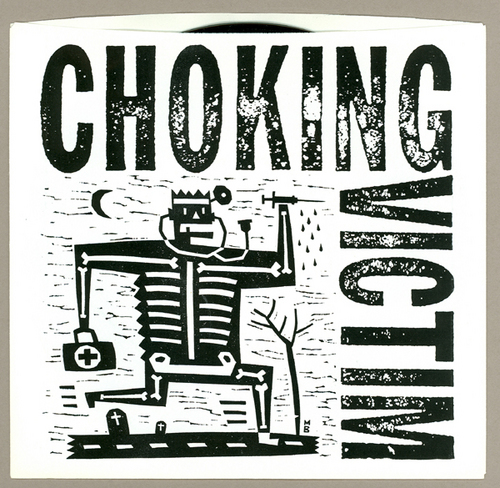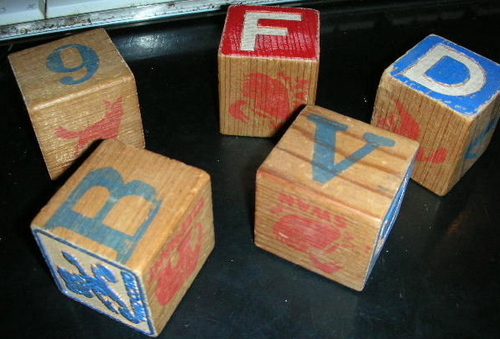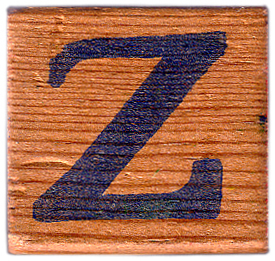
Once hosted here at Drawger, Lou Brooks (with a bit of help from me doing some weekend and after-hours programming) has brought The Museum of Forgotten Art Supplies back!
Do the right thing: Here it is

Once hosted here at Drawger, Lou Brooks (with a bit of help from me doing some weekend and after-hours programming) has brought The Museum of Forgotten Art Supplies back!
Do the right thing: Here it is
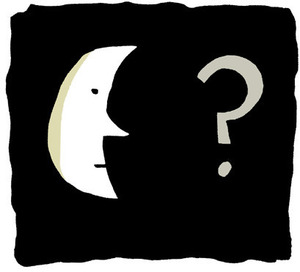
Got sleep? National Geographic gave us the call recently to program an online survey based on just that question. One week deadline!
What NatGeo wanted: Ten illustrated questions. Four possible answers for each question. Four final results based on how the ten questions were answered. Finally, choose one of four faces that you post to Facebook.
Here's a link to the final result.
For this assignment, I had to pull out some dusty illustration skills (such as they are), which I hadn't put to use in nearly nine years. While struggling with the doodles for this interactive, it occured to me that what I'd really like to be doing is collaborating with a real illustrator to make this project really pop. It's something to think about for the next interactive we're asked to do. Cool javascript written right here, illustrations from somebody that really makes the final project solid.
Details for Dorks
In the past, we did interactives such as this exclusively in Flash. For this one, we programmed the entire interactive in javascript and for certain, this will be the way we handle these sorts of projects going forward. It was faster to deploy, and at the end of the day, it looks better than having to rely on a Flash player. Not only that, it runs on hand-held devices, which Flash currently can not.
Getting our final code delivered to the National Geographic server provided an interesting look under the hood of this major site, which AdWeek recently named as website of the year. We were provided with access to the NatGeo CMS (content management system), which allowed us to simply paste our full code straight into a text field, save and then view. Having designed and delivered CMS systems for the last nine years or so, it wasn't exactly the most intuative or elegant interface, but at the end of the day, it worked and that's all that really matters, one supposes...
It was also a fine thing indeed to team up with Rob Covey again. Rob is heading up online creative for NatGeo these days. Back in the day, Rob made working with US News and World Report a real gas and at NatGeo, he's still making every project a real pleasure.
1. I wonder if source books work any more.
2. I wonder if direct mail works any more.
3. I wonder what reps do these days.
4. I wonder if social networking brings home any cabbage.
5. I wonder if big portfolio sites like theispot and folioplanet deliver a return on the investment.
6. I wonder if blogging pays.
7. I wonder if dropping off a portfolio actually exists any more.
8. I wonder if winning awards still means anything.
9. I wonder if just sticking with it still works.
10. I wonder if it's even possible to answer any of the things I wonder about.
We've all read a lot of hang-wringing editorials about the demise of print and been equally subjected to the same lament about editorial content on the internet as well. Everyone seems to agree on one dreary fact: Editorial content can't make money in an information-rich world where everything is free for the Googling.
A recent article in Time Magazine by Josh Quittner has been on my mind a lot lately. The article, The Race For a Better Read does a few things which are remarkable and right out in the open: Begging, confessing the obvious in public, and finally, offering an actual solution that I can relate to.
First off, it's an article that starts out asking for a dime (in the online version). I think this is funny, but only in a sad sort of way.
Secondly, Quittner goes on to confess the obvious: Online editorial content isn't making any money for the owners. In an odd new world where the print side of journalism can't rub two nickles together and their online counterpart doesn't deliver the cabbage either, Quittner asks a timely question: What's next?
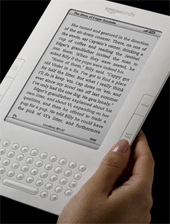
Quittner suggests the way forward starting with Kindle and Beyond (his article published before the release of Kindle 2.0, pictured left). Kindle from Amazon, for those who have been living in refugee camps or inside the Washington beltway for the last couple of years is a hand-held book interface, an information retrieval device with a very simple proposition. That being, I will store your library of books, show them to you any time and also buy them for you as well. The concept is not much different from iTunes relationship to the iPod. It's an application in your hand, capable of delivering the content people want for a price people are willing to pay.
The beauty of Kindle, much like the iPod, is that you do not have to be connected to the information grid to enjoy the content you have purchased. You can enjoy it anywhere - trains, planes, automobiles, sofa or bed, it's all yours anywhere you go.
Kindle is a huge success story in the making. It proves that people are willing to pay for digital content ($10 per book right now) if the process of obtaining and paying for that content is easy to understand. Capitalism being what it is, success stories get noticed quick. Sony decided it wanted to play by introducing it's own book reader, which by most accounts isn't as friendly as the Kindle but at least proves the point that there's a rapidly emerging market for pay-as-you-go digital content.

Enter Plastic Logic, due to be released in 2010 (hopefully with a better logo and an actual brand name people can take ownership in). It's much larger than the Kindle, measuring in at 8.5 x 11 inches, compared to Kindle's 8 x 5.3 inches. As with any innovation that proves itself, we're going to see cheaper and more powerful eBooks arriving sooner rather than later. Yes they will have color and yes they may even feel more like paper.
Adobe Air is finally coming into it's own as well and may point the way to the real future for handheld applications that deliver content that's easy to pay for and worth the price. I downloaded The Time 100 Air Application (lots of our favorite Drawgers included in it, BTW) and really enjoyed it. I can easily see a day when Time could ask my handheld eBook if I want to store their next 20 issues for a buck fifty. My index finger would point to yes and I think a lot of other index fingers will do the same.
Where I think Quittner stumbles is when he imagines a world where a news article is worth a dime - or a world in which anyone will be willing to pay for one article at a time. This is the same idea that Quittner originally bounced back in 1995 in his Way New Journalism article for HotWired. That didn't happen and it's not going to happen. What's going to happen is what's happening right now with the proven model of the Kindle. People will gladly pay for rich content that they can take anywhere, but are they going to pay for it one page at a time? Not now, not never.

I'm also surprised that Quittner failed to mention the minor success stories that newspapers are already beginning to realize in delivering paid digital content. The International Journal of Newspaper Technology reports that the largest selling newspaper on Kindle is USA Today. The price that people are willing to pay? $12 a month! The second most popular newspaper at Kindle is The New York Times at $12.99 a month. The number of actual subscribers are stored in a secret vault, but no matter what those numbers are - they are real subscribers, happily willing to pay for editorial content that doesn't leave ink on their fingers. Will those number grow and grow? You bethca.
David Kaplan, reporting at PaidContent.org from the American Society of Magazine Editors Awards yesterday writes that the editors he spoke with all "seemed to feel a need to mention the 'dignity of print' and that even in the digital age 'print has value'.” I think everyone can agree with that. Print will never disappear. The reality is there are compelling alternatives arriving that have the real potential to be more profitable than our old pal, paper.
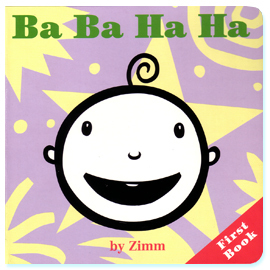
In 1996, Harper Collins published a little board book that I did for babies and toddlers called Ba Ba Ha Ha. One year later, after selling about 20,000 of them, Harper decided that printing board books was too expensive and took the book out of print.
In the years since, I have received hundreds of letters, emails and even phone calls asking if the book was still available. All I could do was refer them to Amazon, where "slightly chewed" copies were selling at prices of over $100.
Earlier this year I decided I was finally going to do something about the situation, take matters into my own hands you might say.
A couple of years back, my daughter Lila got the idea that she needed to take a semester out of high school to work on the pre-production of an independent film, being shot in our little town. She convinced me to also get involved by naming and designing some bogus products to be used by the cast. Being that it was my daughter asking, it was an easy decision to make. The film made a remarkable journey after Lila went back to high school. From very humble beginnings, with no budget to speak of, a complete cast of non-actors and guided by the single-minded and brilliant vision of director Chusy, Anywhere USA has landed itself in the dramatic competition at the Sundance Film Festival.

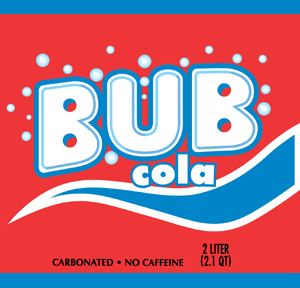


Fortunately for me, my cameo appearance in the film as Manudo, the bitchy and dreadful fashion designer ended up on the cutting room floor. With any luck at all, it will stay there.
16 films will be shown in the dramatic competition at Sundance, culled from 1,068 entries. It's a remarkable achievement for everyone who was involved. A lot of heart and a lot of guts went into this and it was an honor to be involved.
